The word “Celtic” refers to people who lived in Britain and Western Europe from 500 BC and 400 AD and with its rich history and culture, Ireland has been home to various civilizations for thousands of years. The Ireland Celts used symbols that now have become part of the Irish identity and heritage, and have even become symbols of Ireland itself.
Related Read:
If you’re going to Ireland, you will most likely come across these symbols in decor, clothing, etched indoors, or furniture even in statues and some popular Irish brands.
To better understand Ireland and its unique culture, here are the most popular Celtic symbols, a bit about their origin and their meanings.
Things you'll find in this article
14 Celtic Symbols And Their Meanings
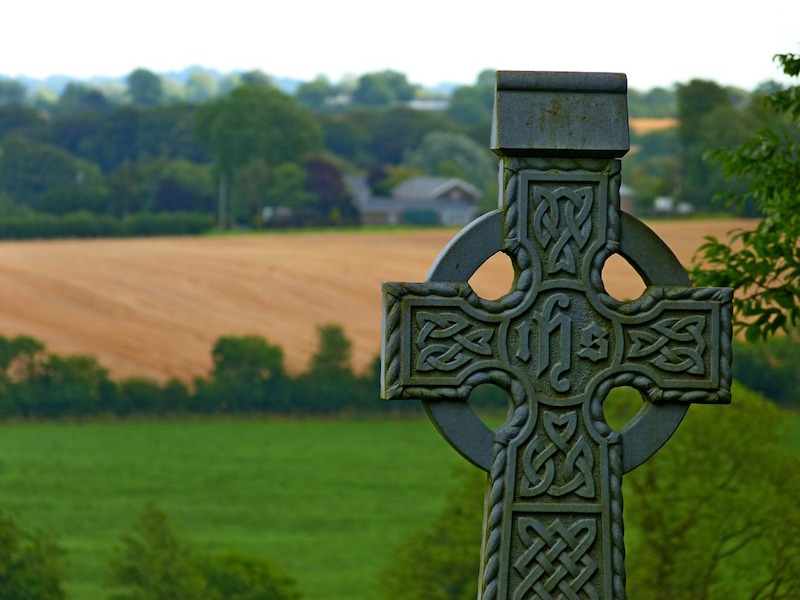
1. The Shamrock
Probably the most recognizant and popular among Irish Celtic symbols, the shamrock was derived from the original word for the plant of ‘seamrog’ which means the summer plant of young clover.
It is also a symbol that is associated with good luck, and if a 4 leaf clover is ever found that is thought to be especially lucky.
Adapted as the unofficial symbol of Ireland, this 3 leafed green plant became famous during the time of St Patrick, the patron saint of Ireland who arrived in 433AD and brought Christianity to the nation.
It is said that he used the 3 leaves of the shamrock to illustrate and explain the Holy Trinity to early Christian followers and as an example of the father, the Son, and the Holy Ghost.
2. Tree of Life Celtic Symbol
Known as Crann Bethadh in the ancient language, the Tree of Life appears in many different countries, cultures, and religions.
In the early times, the Druids of Ireland were known to hold their important meetings under trees which were highly regarded for their ability to provide food, wood, and shelter.
The ancient Celts also believed that trees were the ancestors of man and the door to the spiritual world. Oak is the most highly regarded tree of all, said to be the most sacred of all the tree species.
Frequently depicted with the branches reaching up and the roots pointing down, the Tree of Life is said to represent the connection between heaven and earth. These days, this symbol is seen in many forms and used for jewelry and tattoos.
Read more about Tree of Life history here.
3. The Triskele
Derived from the Greek word ‘triskeles’ which means 3 legs, Triskele is sometimes referred to as Triskelion and is constructed from spirals in various forms. The spiral is said to be an important spiritual marking that dates back to ancient origins in Irish culture.
Made up of 3 joining spirals, the ancient Irish believed that everything happens in batches of 3, or ‘the 3rd times the charm’ – a belief that still exists today.
The spirals are also said to symbolize the inner and outer worlds and the themes of birth, death, and rebirth as well as the unity of mental, physical, and spiritual self.
Read more about Triskele history here.
4. The Harp
Still played commonly in traditional Irish bands and pubs that support their music, the roots of the Harp as a symbol are somewhat vague. The use of it, however, dates back to before the 6th century and that Irish King Brian Boru circa 1000 was an accomplished harp player.
The Irish harp, also known as the Gaelic harp, Celtic harp, or Clarsach, is a lesser-known traditional symbol of Ireland and believed to represent royalty and the immortality of the soul.
In ancient times, bards and musicians played the harp for their chieftains and the tradition continued for later kings.
Since 1922 the harp been used by the government of Ireland as its state symbol and now appears on many logos of Irish based companies such as Guinness, Ryanair, Irish Independent Newspaper, and Harp lager to name a few.
Read more about Irish Harp history here.
5. St Brigid’s Cross
St Brigid was the daughter of Brocca, who was a Christian woman believed to have been baptized by St Patrick himself, while her father was a Chieftain. Her name means ‘exalted one’ and she is best known during her time for her acts of charity.
The image of Saint Brigid is often seen holding the circular cross that is associated with her name. The Saint Brigid’s Cross is used to celebrate the Imbolc, or the beginning of Spring which is also the festival of Brigid, the pagan goddess.
The cross is hung in Irish houses, usually in the kitchen, to ward off evil spirits and fires. Since Saint Brigid is also known as a goddess that was a giver of life, the Cross is associated with spring lambs and blooming spring plant life.
Read more about St. Brigid’s Cross history here.
6. The Trinity Knot
A symbol that is made of three interlocking circles, the Trinity Knot is also known as the Triquetra, which means 3 cornered or triangular. Not much is said about the Trinity Knot’s origin because it is too old, but some say it’s based on solar and lunar cycles. It is prevalent in Irish history, though, and can be seen depicted in many different areas today.
There is no definite meaning for the Triquetra, but it is commonly associated with earth, fire, and air. Others say it represents the mind, body, and soul.
The Trinity knot, however, is known as one of the earliest symbols of Christianity, pre-dating the cross by hundreds of years, and it used to symbolize the 3 in one of the Father, Son, and the Holy Ghost. It can also be seen in Celtic metalwork and is present in the Book of Kells.
Read more about Triquetra history here.
7. The Shillelagh
Another symbol that has become uniquely associated with Ireland and its culture is The Shillelagh, which is a short, stout, wooden club with a rounded end that was originally a fighting stick used to club enemies.
Pronounced as ‘Shill-lay-lee’, it looks like a walking stick and is typically made from oak or blackthorn wood. The Shillelagh was also historically used for settling disputes, similar to the way of old duels.
8. The Green Man
The Green Man is a man’s head surrounded by foliage and used as a symbol of life and rebirth. He is known by many other names, like Jack O’ the Green, The Man in the Tree and Derg Corra Viridios.
The Green Man is associated with ancient Celtic or pagan culture and dates as far back as 400 BC where an armlet found in a Celtic grave in Germany depicted an image similar to that of the Green Man.
Today, the Green Man has become an emblem used to represent the environment. He can also be seen today on many buildings, particularly those that are religious in nature.
9. The Dara Knot
A Celtic symbol that has several different forms and can be seen in several different variations, the Dara Knot can trace its roots back to the mighty Oak tree.
The word ‘dara’ comes from ‘doire’, which means oak tree in Gaelic. The knot is designed to represent the intricate root system of the oak tree which was considered sacred by the Druid and Celts.
The Dara Knot is known to signify wisdom, strength, leadership, destiny, and power.
Like a lot of ancient Celtic symbols, the Dara knot has regained popularity throughout the years and is used in modern culture in jewelry, clothing and as tattoos.
10. The Claddagh Ring
The Claddagh symbol is made up of hands that symbolize friendship, the crown that represents loyalty, and the heart that is associated with an everlasting love.
This symbol has been used in various items but the most popular is the ring, which first became popular in the 17th century.
Claddagh rings are examples of the ancient Roman ring category called fede rings, from ‘mani in’ which means ‘hands joined in fidelity.’ Due to the meanings behind the symbols, these rings became associated with engagement and marriage.
Famous wearers of the Claddagh ring included Queen Victoria and Princess Grace of Monaco.
11. Celtic Knotwork
The Knotwork is made primarily of entwined and looping knots or circles, which emblems can be found worldwide but Celtic in origin. The knotwork images date back as far as 450 AD but has prevailed through the centuries and used in decor, tattoos, and clothing design.
The Celtic Knotwork was used to illustrate the Book of Kells and the Book of Durrow by ancient monks. Not much is said about the origin of the Knotwork but as something that is widely used and seen across Ireland, this symbol is said to bring good luck, health or prosperity, or to represent luck, fertility, and similar themes.
Some knots were also used to symbolize the interconnections of man and nature or to ward off evil spirits.
12. The Motherhood Knot
The Celtic Motherhood Knot is a lesser-known symbol of ancient Irish culture and knotwork. It is a variation on the more familiar Trinity Knot and is supposed to resemble a parent and child intertwined. The motherhood knot symbolizes a mother and child’s bond and their connection to the Celtic faith.
The motherhood symbol of Celtic culture resembles two-knot work hearts that are linked with one heart being higher than the other.
13. The Celtic Cross
The most popular among the existing Celtic symbols, the cross which has a circle on its intersection was said to have originated from Saint Patrick.
Also known as the Irish Cross, the Cross of Iona, or the High Cross, the Celtic Cross has first emerged in Ireland in the early Middle Ages.
There are various interpretations as to what the Cross means, and some say that this symbol represents knowledge, strength, and compassion.
Others say that the four points are linked to the four cardinal directions, or the four elements (Earth, Air, Fire, and Water), or as a representation of our mind, soul, body, and heart.
But, since it is also widely recognized as a Christian symbol the ring surrounding the cross, is believed to symbolize God’s never-ending love for mankind.
Read more on Celtic Cross history here.
14. Celtic Knot
This Celtic knot is indeed popularly associated with the Celts, which is understandable because they have made numerous innovations in the art.
However, this Celtic symbol is said to have been around during the time of the Romans, or even as earlier in Byzantine Constantinople.
The Celtic Knot is perhaps one of the most recognizable artworks in Celtic history. It is also referred to as ‘endless knots’ or ‘mystic knots’.
A Celtic Knot is made up of a series of overlapping or interwoven knots that don’t have a clear start or end.
These knots have essentially stripped that loop and wind their way over each other, creating a loose weave. The knot is either a single strand that interlaces back and forth over each other or a number of interwoven strips.
There are different theories and interpretations with regard to what the Celtic Cross represents. The general consensus among scholars is that the Celtic knots hold both religious and secular meanings.
Its religious purpose evidenced by the Celtic knots adorning Bible manuscripts, crosses, and even jewelry. Since the Celtic knots have no beginning or end, it is said to represent the enduring nature of our spirit.
Meanwhile, the secular and even the more esoteric interpretation of the Celtic Knot alludes to an uninterrupted life cycle. The infinite path of the interlaced lines is said to represent a life whereof peace and stability.
Another theory states that the Celtic knot also represents the Celts’ belief in interconnectedness and continuity.
Read more on Celtic Knot history here.
Also, check out our Celtic symbols inspired gifts for ideas!
Like It? Pin It!
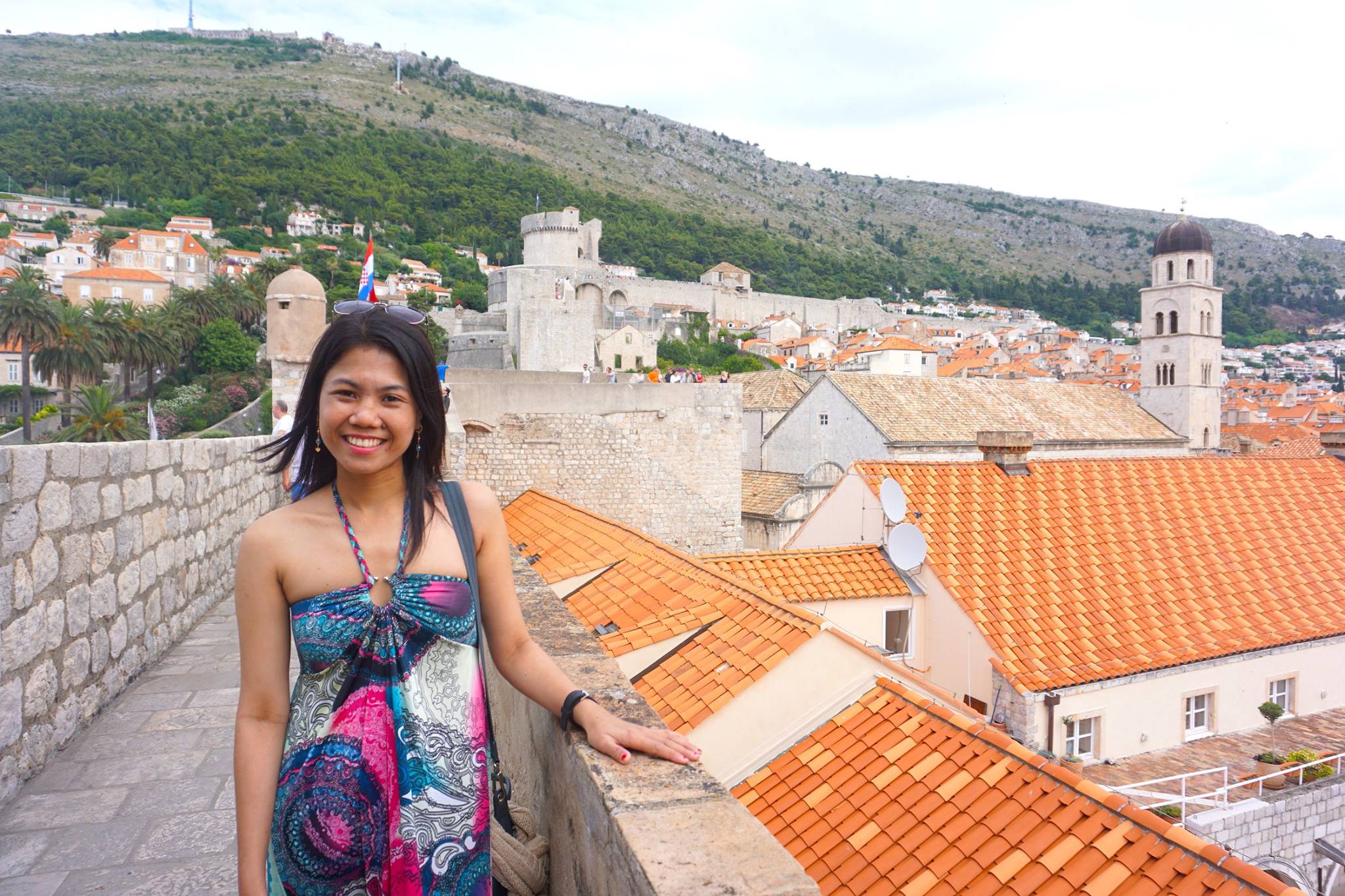
Hi, I’m Christine – a full-time traveler and career woman. Although I’m from the Philippines, my location independent career took me to over 60 countries for the past 12 years. I also lived in 4 continents – from the Caribbean, South East Asia, Africa and now in Europe. But despite living in several countries, my love for Ireland remains the same. A country that had been a part of my life since I was 14 because of my love for Irish music and bands. Ireland Travel Guides was born because of this passion and hopefully, in some little ways, this website will be able to help you on your next trip to Ireland.
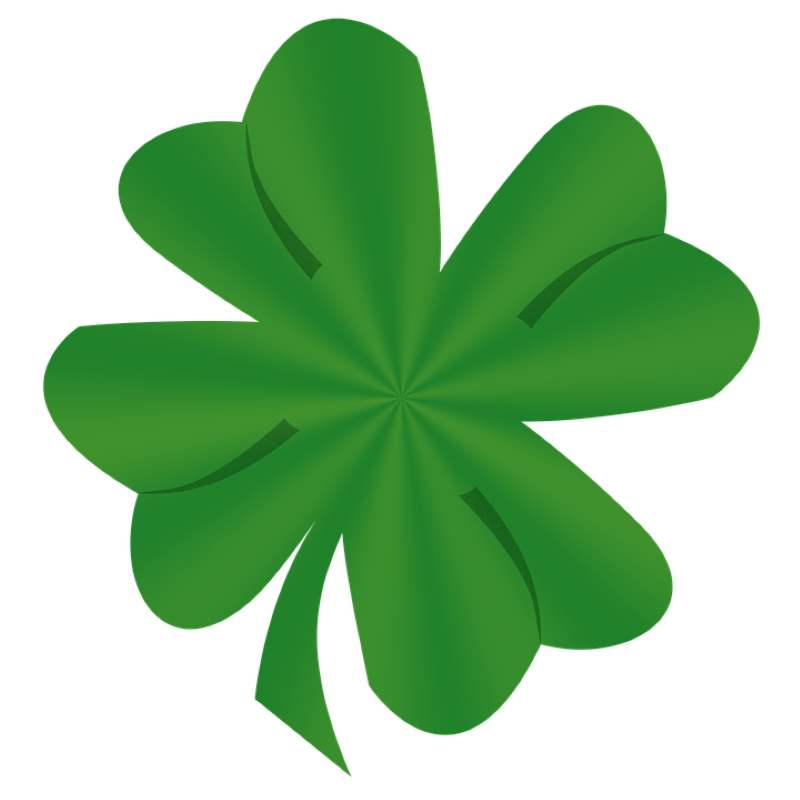


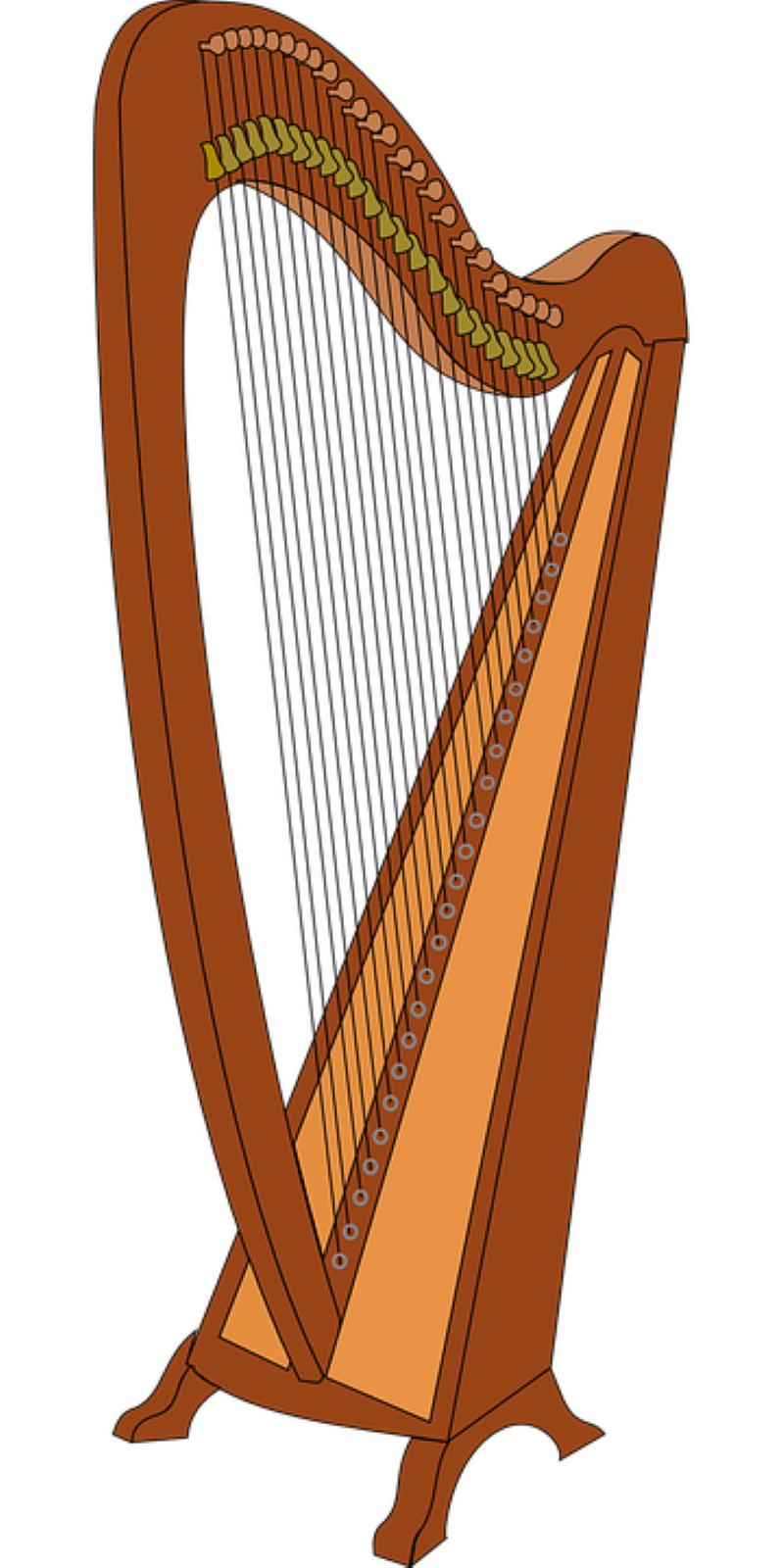
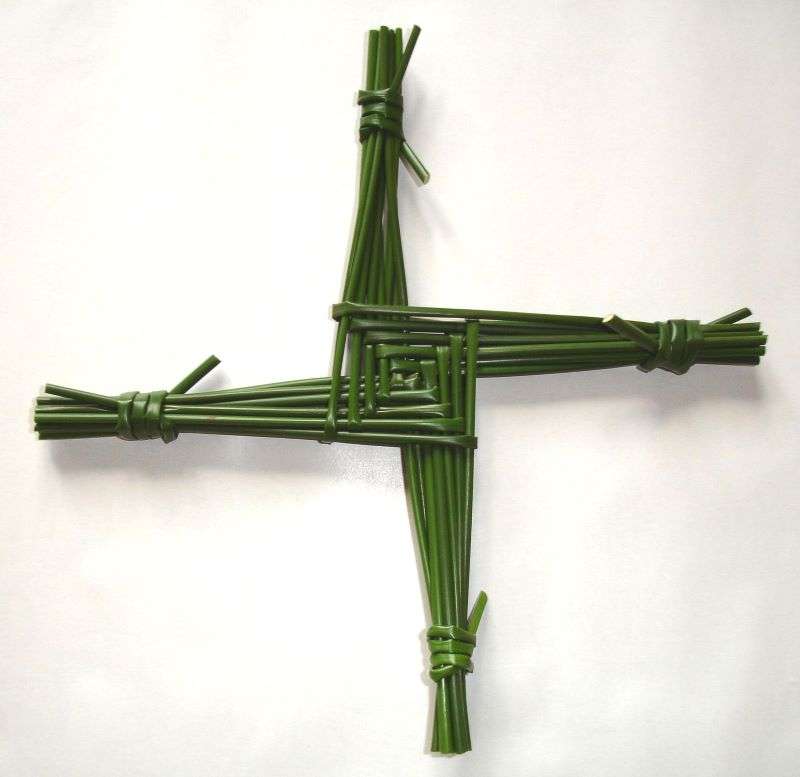
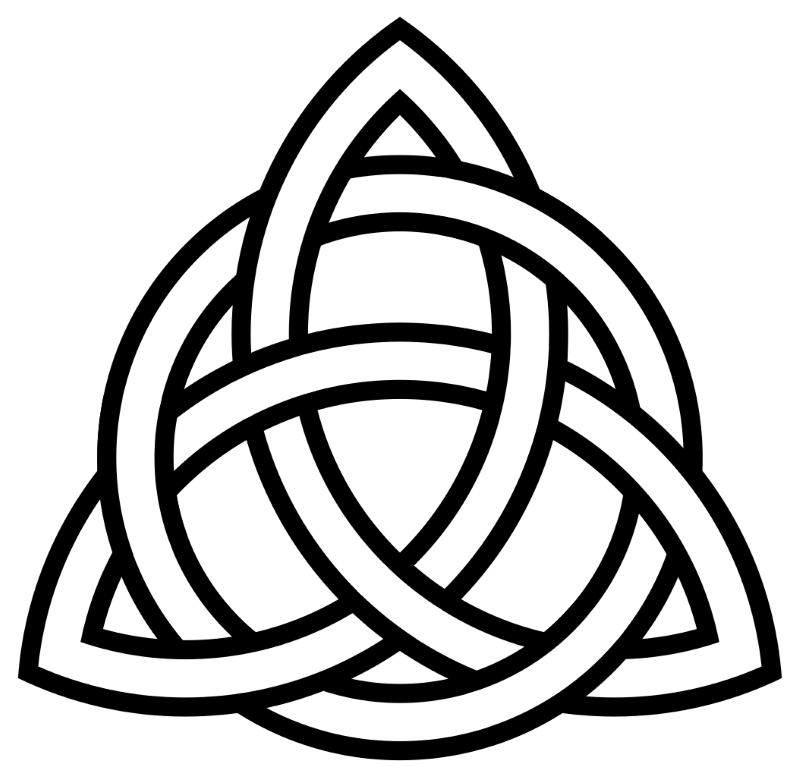

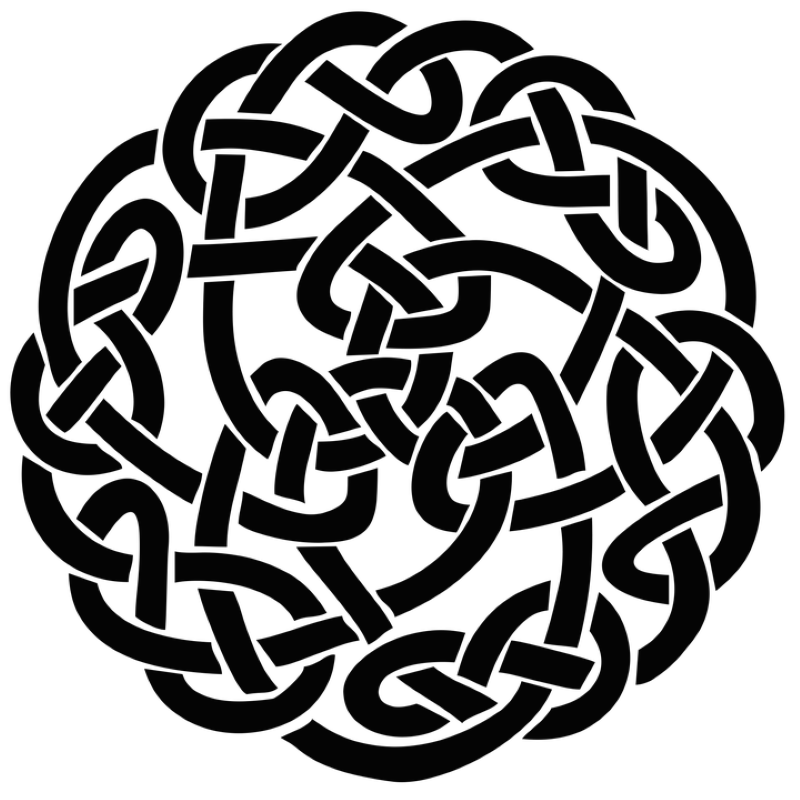


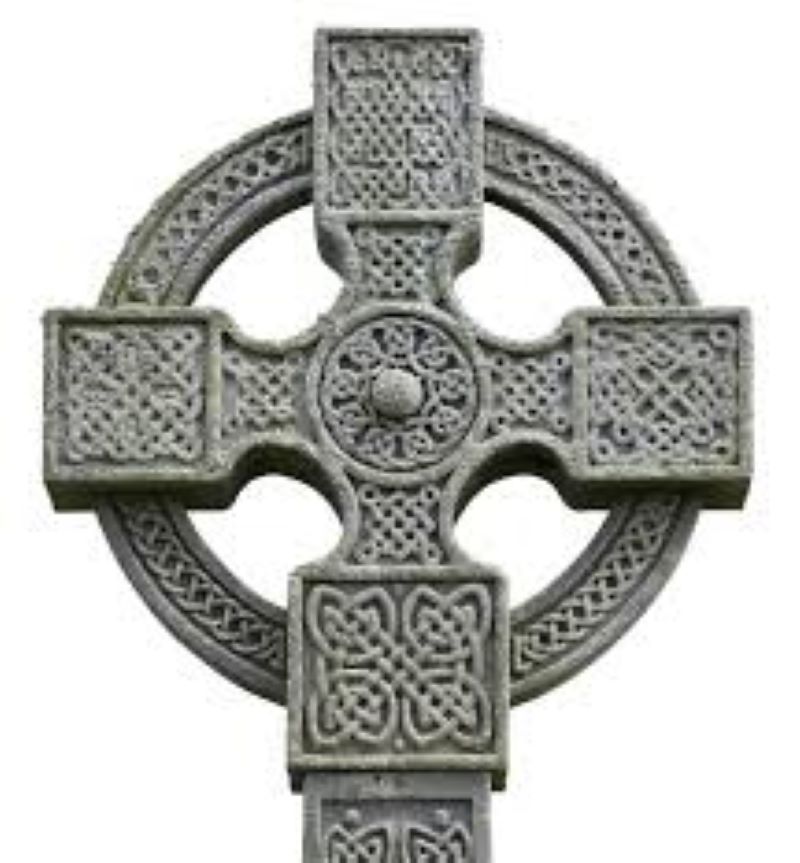
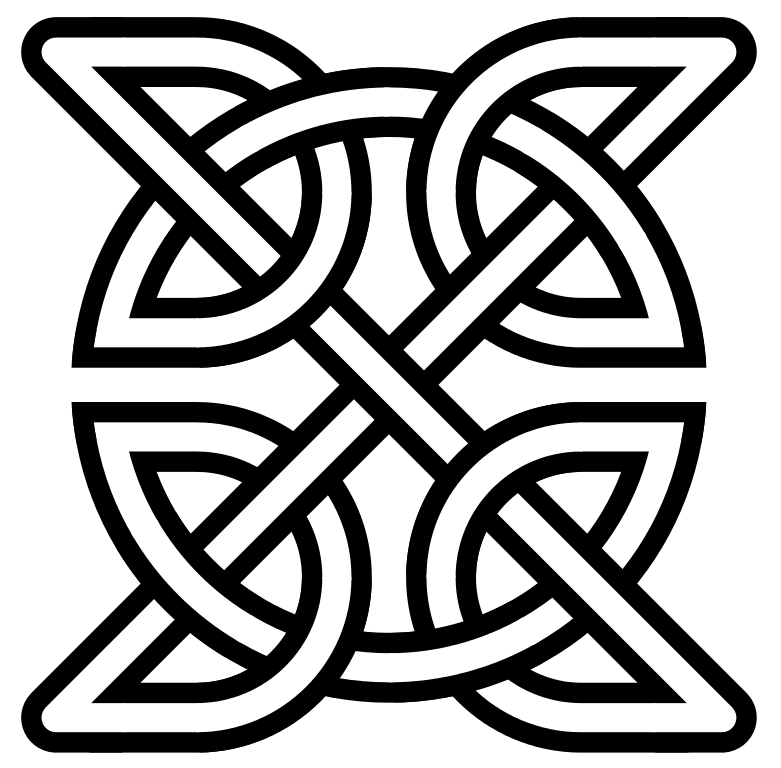


11 Things To Do In Mullingar, Ireland - Ireland Travel Guides
Friday 10th of December 2021
[…] fossils estimated to be 400 million years old, the world famous Canova Penitent Magdalene sculptor, some Celtic arts, old coins, and rare Christian’s crucifixion. It is a small museum but it holds important parts […]
The Solomon’s Knot Symbol - History And Meaning - Symbols Archive
Tuesday 30th of November 2021
[…] design of two interlaced figures, on the other hand, places Solomon’s Knot among the many Celtic symbols denoting […]
Wheel of Taranis Symbol - History And Meaning - Symbols Archive
Tuesday 30th of November 2021
[…] Taranis’ weapon was a powerful thunderbolt. His symbol, the wheel, was among the most revered Celtic symbols. […]
Ailm Symbol - History And Meaning - Symbols Archive
Monday 29th of November 2021
[…] If you want to learn more about the Ailm symbol, read on to find out the meaning, history, and significance of this Celtic symbol. […]
Caim Symbol (Celtic Circle) - History And Meaning - Symbols Archive
Wednesday 17th of November 2021
[…] Although the Celtic civilization had left scores of symbols and icons, few records were ever written about them. We can only surmise about their mythology, culture, and religious beliefs and customs based on their remnants—the Celtic symbols. […]